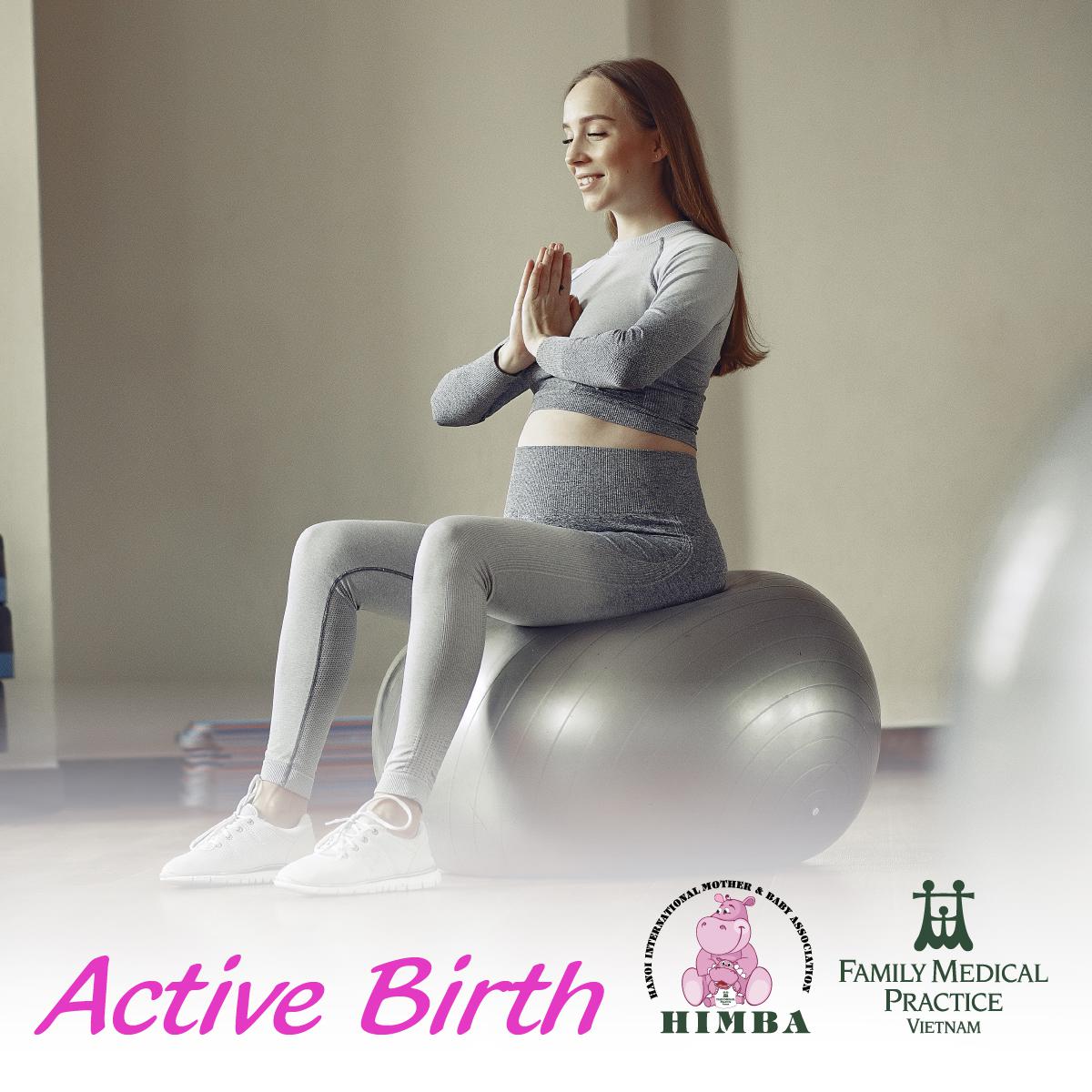N/A

Being upright and active during labour is one of the best things you can do for an easier and quicker labour!
For years women have been told to lie on the bed during labour but research suggests this is not the most helpful position for the baby to navigate their way through the pelvis.
It is fine to rest as well as adopt active positions- even if you want to lie down, changes can be made to place a ‘peanut’ shaped ball between your legs, remaining an open pelvis or making restful postures still in upright positions. Ask your midwife.
High quality research has shown:
- By remaining upright it increases the space in the pelvis for the baby to pass through by 30%
- By remaining upright you are less likely to have/require an epidural analgesia
- Your labour is likely to be an hour shorter
- Less likely to need a caesarean section
- You are less likely to compress the blood vessels running along your back which during labour can cause your baby to become unhappy
- Women feel more in control when in upright positions
- The contractions are more effective
- There is a reduction in episiotomies
- Placental flow is increased due to the uterus being upright
- Pelvic joints remain supple and easier to expand
CTG MONITORING? You can still be upright. There are always positions that you can adopt even if you are requiring IV DRIPS/INTENSIVE MONITORING.
Positions for when are required to stay attached to monitors/IV's during labour (in some cases midwives may be able to get you into positions that are in the ‘no straps’ section too) :
- CHAIR: Often, hospital beds will mobilise into a chair position. This is preferred over lying down.
-STANDING: You can stand up and rock your pelvis with the monitors still strapped onto you.
-STANDING but more restful: Stand up and rise the bed higher so you can rest your forearms onto the bed and lean. Rock gently as feels good and alternate to rest-standing and standing.
-BIRTHING BALL: Place your feet wide so you have a secure base on the ball. Try rocking side to side or doing circular movements to mobilise the pelvic area.
Positions when you are having intermittent monitoring (no straps):
ALL of the above plus...
-SUPPORTED SQUAT: Have your partner behind you sat on a chair and squat with him behind you, rest your arms over his legs and remain in the squat for as long as comfortable.
-STANDING AGAINST THE WALL: Place your forearms on the wall and with a wide stance rock your hips
-BIRTHING STOOL: Ask about the availability on the unit.
-KNEELING/ALL FOURS: Kneel on all fours, you can rock into a ‘childs pose’ and back up to all fours depending on how your body feels.
-KNEEL/HEAD ON THE BED: For a resting upright position, kneel on a birthing mat on the floor and rest your head on a bed lowered to a comfortable level.
-PARTNERS HELP: Rest and lean on your partner whilst they have their hands around your waist. They can support you rocking side to side and be a great support.
Epidurals- women who have an epidural can often change positions with support from their midwife and birthing partner during the first stage of labour (1-10cm). Epidurals are now often lower doses, enabling more movement however, if the epidural is a heavy dose type women will not be able to mobilise. Research has shown that women with epidurals actually are more likely to have a spontaneous birth if they are lying on their side, rather than upright in the second stage (10cms- until delivery)- BUMPES study (2017).
Antenatal preparation- Be aware that some of the positions require some stamina and muscle strength i.e squatting. Try and practice these positions during your pregnancy so you have built up the strength and understand what you will need to do during labour.
This video demonstrates some active positions: https://www.youtube.com/watch?v=rpzBPqKgvGk
Evidence:
https://pubmed.ncbi.nlm.nih.gov/22297706/
https://pubmed.ncbi.nlm.nih.gov/27473380/
https://www.cochranelibrary.com/cdsr/doi/10.1002/14651858.CD008070.pub3/abstract
https://evidencebasedbirth.com/evidence-birthing-positions/
https://www.ncbi.nlm.nih.gov/pmc/articles/PMC4748987/
https://www.birmingham.ac.uk/Documents/college-mds/trials/bctu/BUMPES/BUMPES-Lay-Summary.pdf
Author: Abigail Laurie Registered Midwife and Specialist Public Health Nurse from the United Kingdom (RM, SCPHN -BMID, MSc)
 본 웹사이트는 사용자 경험을 향상을 위해 쿠키를 사용하고 있습니다.
본 웹사이트는 사용자 경험을 향상을 위해 쿠키를 사용하고 있습니다.